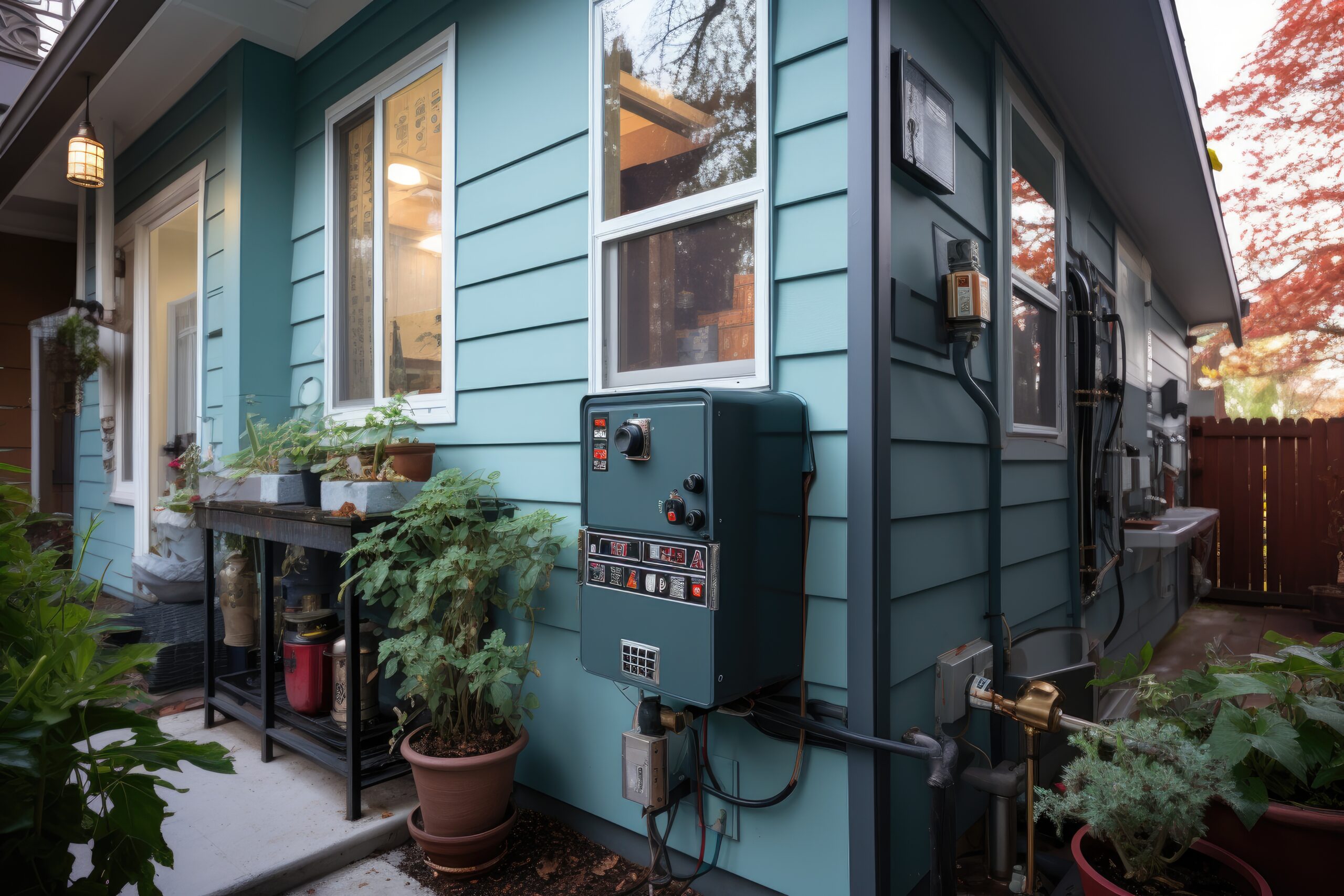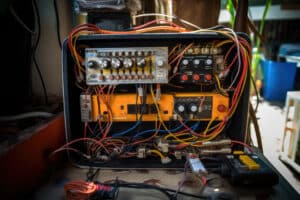Can I Install a Generator Transfer Switch Myself?
Key Takeaways
- Installing a generator transfer switch can be done yourself with the right knowledge, tools, and precautions
- The step-by-step process of installing a generator transfer switch includes choosing a suitable location, gathering necessary tools and materials, preparing the main electrical panel, following proper wiring steps, testing the system, and finishing the installation.
- Important safety precautions when installing a generator transfer switch include following manufacturer’s instructions, calculating power needs, operating generators outdoors, performing regular maintenance, and following safe fuel handling practices.
Installing a generator transfer switch can be a complex task, but with the right knowledge, tools, and precautions, it is possible to do it yourself. In this article, we will explore the step-by-step process of installing a generator transfer switch, discuss the necessary safety precautions, and provide helpful tips to ensure a successful installation.
The Step-by-Step Guide to Installing a Generator Transfer Switch
Before we delve into the installation process, it is important to prioritize safety. Always turn off the main circuit breaker and wear appropriate personal protective equipment. Make sure the generator is turned off and disconnected from the transfer switch.
1. Choose a suitable location for the transfer switch. It should be close to the main electrical panel and the generator, with proper ventilation and clear access for maintenance.
2. Gather all the necessary tools and materials. This includes a generator transfer switch kit, screwdrivers, wire strippers, mounting hardware, conduit, electrical tape, and more.
3. Prepare the main electrical panel by turning off all circuit breakers. Mount the transfer switch subpanel and connect the conduit between the main panel and the transfer switch.
4. Follow proper wiring steps. Connect the generator power inlet box to the transfer switch, route the generator cables to the transfer switch, and wire the transfer switch to the main panel according to the manufacturer’s instructions.
5. After completing the wiring, it is important to test the system. Turn on the main circuit breaker, start the generator, and switch the transfer switch to the generator position to confirm power restoration to essential circuits. Then switch the transfer switch back to the grid position and verify power restoration from the grid. Test various circuits to ensure proper functioning.
6. Finish the installation by labeling all circuits and switches, securing the transfer switch cover, and cleaning up any debris.
7. Consider having a qualified electrician inspect the installation to ensure it meets local codes and safety standards.
Safety Precautions When Installing a Generator Transfer Switch
Installing a generator transfer switch involves working with electricity, so it is crucial to prioritize safety. Here are some important safety precautions to follow:
- Follow the manufacturer’s installation instructions and consult a licensed electrician if needed.
- Calculate your power needs and select a transfer switch with an amp rating that exceeds the total load.
- Properly train all users on the switching sequence or consider an automatic transfer switch.
- Operate generators outdoors in well-ventilated areas and ensure adequate ventilation for the transfer switch enclosure.
- Perform regular maintenance as recommended by the manufacturer, including inspections, tightening connections, and cleaning the transfer switch.
- Familiarize yourself with safety labels and follow instructions diligently.
- Conduct regular system tests according to the manufacturer’s recommendations.
- Follow safe fuel handling practices, store fuel in approved containers, and shut off the generator before refueling.
- Install fire extinguishers in accessible locations, train users on their use, and have a fire safety plan in place.
- Maintain proper records of installation, maintenance, and testing.
Common Mistakes to Avoid
While installing a generator transfer switch, it is important to avoid common mistakes that can compromise safety or functionality:
- Neglecting proper installation, rushing, or skipping steps.
- Overloading the transfer switch by connecting more electrical load than it is rated for.
- Making manual switching errors between grid and generator power.
- Placing the generator or transfer switch in a confined or poorly ventilated space.
- Failing to perform regular maintenance on the transfer switch.
- Ignoring safety labels and instructions on the transfer switch.
- Neglecting to test the system periodically.
- Mishandling fuel for the generator, such as improper storage or refueling while it is running.
- Failing to have adequate fire safety measures in place.
- Not maintaining proper records of installation, maintenance, and testing.
While it is possible to install a generator transfer switch yourself, it is important to have a good understanding of electrical systems and follow the manufacturer’s instructions carefully. If you are unsure or uncomfortable with any step of the installation process, it is recommended to consult a qualified electrician for assistance.
Related Websites:
FAQs:
Q: Can I install a generator transfer switch myself?
While it is technically possible to install a generator transfer switch yourself, it is highly recommended to hire a professional electrician for this task. Professional electricians possess the necessary expertise and knowledge to ensure a safe and correct installation, reducing the risk of electrical hazards or damage to the generator or electrical system.
Q: What are the benefits of having a professional installation for a generator transfer switch?
Having a professional installation for a generator transfer switch offers several benefits. Professional electricians possess the expertise to ensure the switch is installed correctly, reducing the risk of electrical hazards or damage. Additionally, a professional installation may also have warranty and insurance implications, providing further protection and peace of mind.
Q: What factors should I consider before attempting a DIY installation of a generator transfer switch?
Before attempting a DIY installation of a generator transfer switch, it is important to consider several factors. Understanding local building codes and permits required for electrical work is crucial. Additionally, a successful installation requires a certain level of electrical knowledge and experience, as well as specific tools and equipment.
Q: What are the steps for a safe DIY installation of a generator transfer switch?
For a safe DIY installation of a generator transfer switch, follow these general steps: 1. Carefully read and follow the manufacturer’s instructions provided with the transfer switch. 2. Turn off the main power supply before starting the installation. 3. Follow proper safety precautions throughout the installation process. It is important to note that this is a general overview and it is highly recommended to hire a professional electrician for a safe and correct installation.
Q: When should I seek professional help for installing a generator transfer switch?
It is recommended to hire a professional electrician for installing a generator transfer switch in certain situations. These include older homes with unique electrical systems, lack of electrical knowledge or experience, and any circumstances that may require specialized assistance. Professional help ensures a safe and proper installation.






